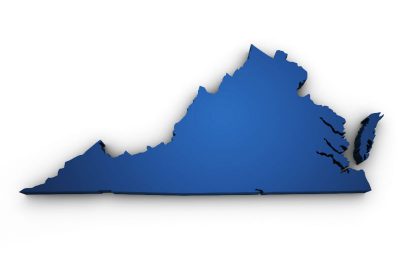
The EPA announced Monday that Metropolitan Washington, D.C., which includes numerous jurisdictions in Northern Virginia, has formally attained the 2008 National Ambient Air Quality Standard for ozone.
The announcement included Virginia’s plan for maintaining compliance with the standard. Approval represents an important milestone for Virginia and recognition that air quality throughout the commonwealth meets the federal health-based standard.
This redesignation achievement is the result of a coordinated effort by Virginia, Maryland and the District of Columbia to put a plan in place to ensure that the D.C. area will continue to meet this standard in the future. The plan, based on Department of Environmental Quality (DEQ) air quality monitoring data from 2014 to 2018, includes maintaining motor vehicle emissions for pollutants that form ozone.
Ozone pollution (smog) poses an especially serious risk to vulnerable populations, such as children, seniors and those with lung diseases. The Clean Air Act requires EPA to review the ozone standard every five years and, if necessary, revise the standard to protect public health. In 2015, EPA revised the 2008 standard downward from 75 parts per billion to 70 parts per billion based on the latest public health data and scientific studies.
“Last year, Virginia saw only six days when ozone amounts reached levels that were dangerous for sensitive groups,” said DEQ Director David Paylor. “All of Virginia’s 23 ozone monitors across the state are showing concentrations below the more stringent 2015 standard. We certainly hope this positive trend continues and Northern Virginia will achieve attainment with EPA’s more stringent standard in the next couple of years.”
“We have made huge strides in air quality over the past 20 years,” said DEQ Air and Renewable Energy Division Director Mike Dowd. “In 1998, we saw more than 100 days with high ozone levels. New pollution control technologies for industry, cleaner cars on the road, stricter air quality standards and greater energy efficiency, have resulted in the cleanest air we’ve experienced in our lifetimes.”










